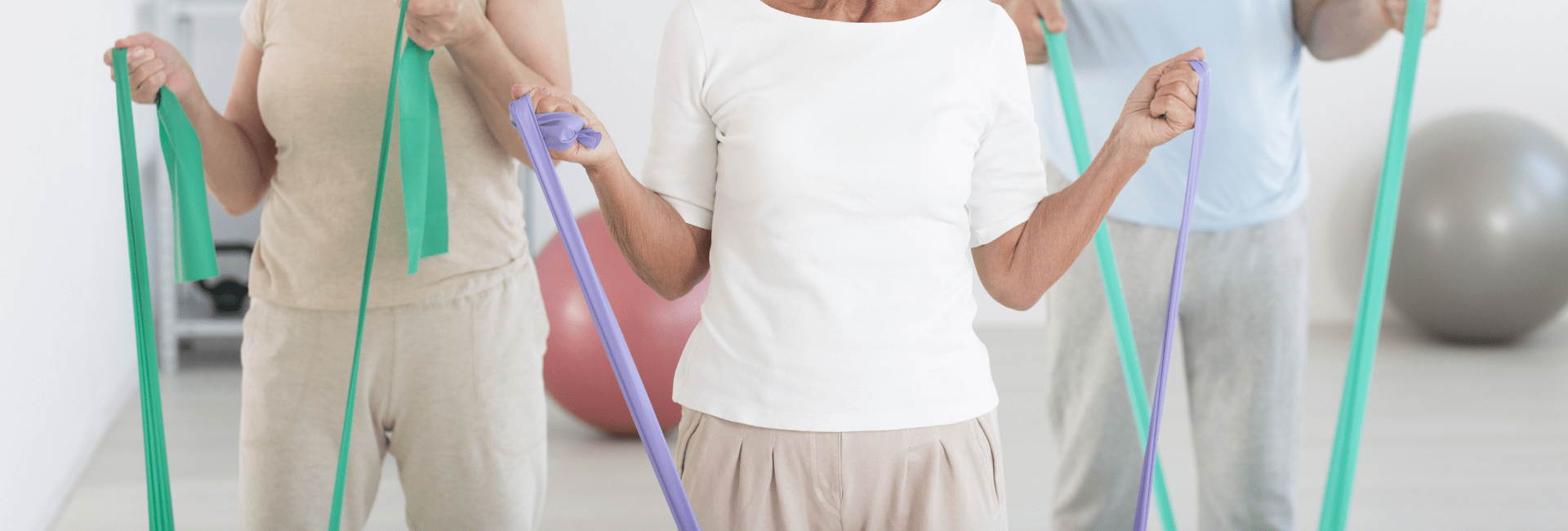Losing balance and difficulty walking is more common than you think
There are multiple factors why we may lose our balance as we get older. For example, in an older population losing balance, falling or struggling with walking can be associated with the side effects of the medication a person may be taking, changes to a person’s eye sight or hearing or even related to other health problems such as loss of feeling in the feet noted in diabetics for example. One of the biggest causes however is associated with inactivity and the loss of muscle mass and strength associated with the normal ageing process. Our balance reactions also reduce as we become more dependent of objects to help us walk such as walking aids and sticks.
The loss of strength can also impact everyday tasks such as getting out of a chair or getting up and down stairs. This can have a profound effect on somebody not such physically but socially and psychologically.
Physiotherapists regularly use a test called the single leg stance test to identify a person’s balance reactions and the strength of the muscles around your hips, pelvis and lower back region. It involves standing on one leg and timing yourself. This is a movement pattern we use everyday such as walking, for example consider the act of standing on one leg when you move the other leg through or when you lift the leg up to ascend a flight of stairs.
How to perform the test:
Find a solid floor surface, not on carpet. Take your shoes off. Cross your arms and lift one leg up to a similar level to the other ankle. Keep your eyes open and fix on one point. You can time yourself up to 45 seconds. Stop the timing if you lose balance or your arms come away or if you have to put your leg down to the ground.

